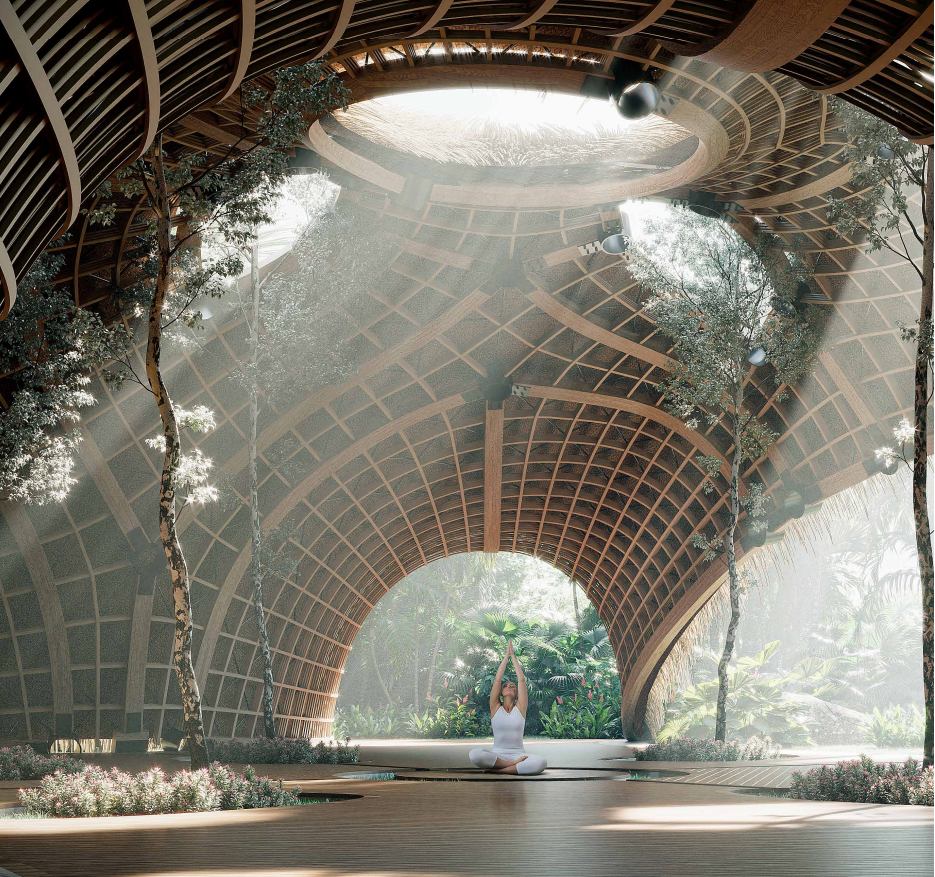|RE|Home
Flexible modular accommodation system in repurposed existing buildings for refugees in Germany

With buildings being responsible for 40% of energy consumption, 36% of CO2 emissions, and the building industry being one of the heaviest waste generators globally, it is indispensable for architecture to respond, moving away from the current prevailing models-both intensely resources-consuming and contaminating. This topic of Thesis Projects focuses on developing design strategies and solutions based on “non-linear” and circular systems aiming to close or limit material and resource loss, while minimising waste, using this as a resource. Students work on applications and implications of circular economy for the creation of new urban and building metabolisms which are productive and regenerating.
In the Sustainable Architecture Thesis Cluster, the journey begins with a focus on defining the topic that the student wishes to work on within sustainable architecture. The thesis Advisors will guide you through narrowing down your research by structuring your one year-long work plan and building a strong foundation through state-of-the-art references and in-depth analysis of previous projects to develop a more comprehensive understanding of the topic you will be focused on, before diving into extensive research. The year is designed to be dynamic, enabling you to initiate prototyping using advanced fabrication tools and computational techniques early on. By the end of the year, the student is expected to showcase innovative results, by pushing the boundaries of sustainable architectural design and contributing to a more environmentally responsible future.
Flexible modular accommodation system in repurposed existing buildings for refugees in Germany
Wooden Mosaic tries to tackle the increasing global demand for timber by using waste branches from Timber industries. These waste branches are transformed into modular blocks with conventional tools, offering a sustainable supplement to the current timber industry. Using the waste wood, the aim IS to decrease the environmental impact associated with logging and wood … Read more
What is “the proper degree of control” to be applied to a living tree to produce a desired geometry? Can this be standardized and made into a replicable workflow? Which current standard architectural elements can be replaced by this system? What are the implications for the current timber construction industry?
MiniBlocks is the result of the first term of research into a master thesis. This project will propose an exploration into how to activate underused public spaces in Barcelona by merging community and design. Introduction Why Barcelona? Framework State of the Art Proposal
The excessive waste produced in countries worldwide is a grave and unignorable concern. Urbanization contributes to enhanced municipal solid waste generation, harming health and the environment. Landfills, globally emit thousands of tons of methane gas into the air, 30 times more harmful than CO2. Waste is not waste but a resource if managed judiciously. The … Read more